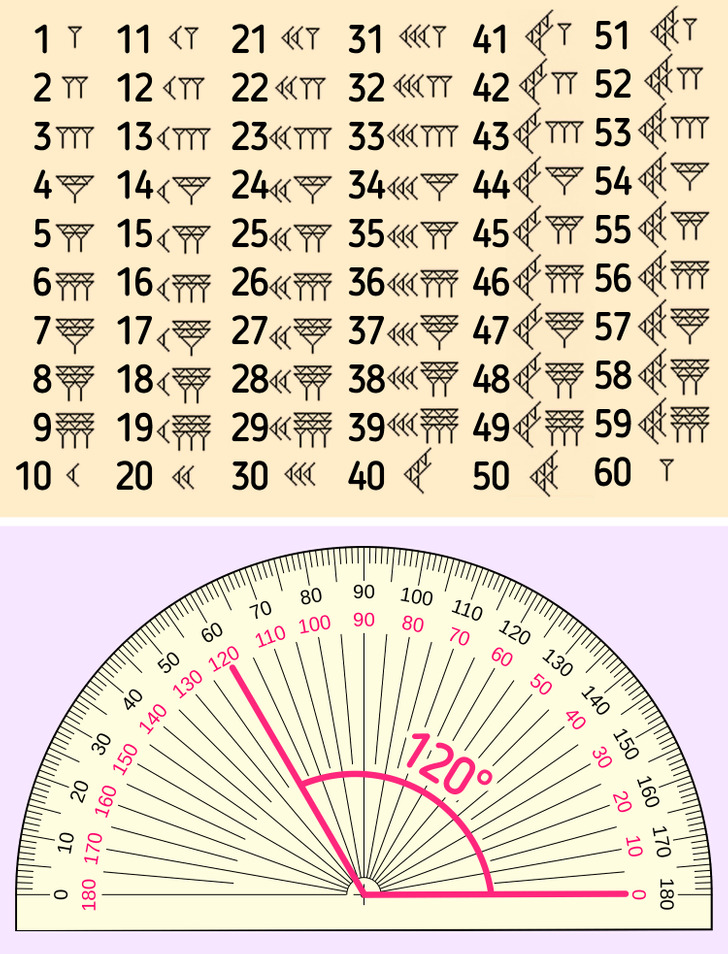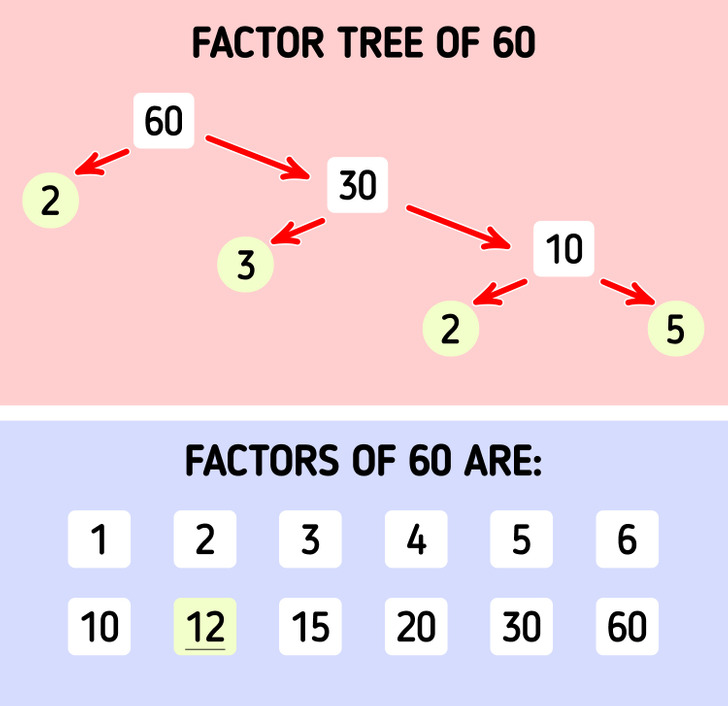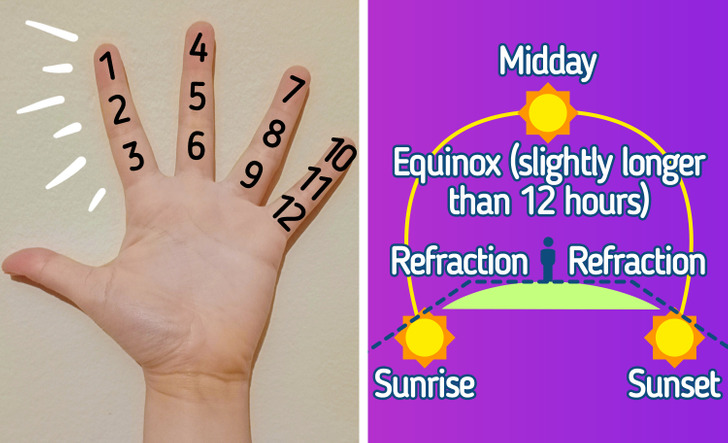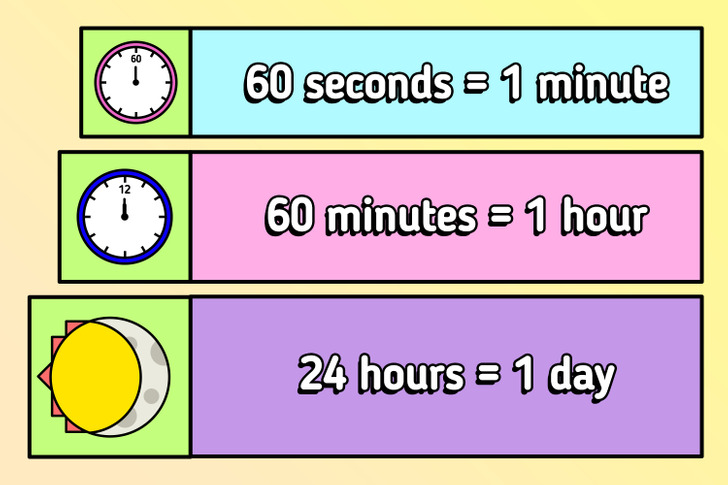Why an Hour Has 60 Minutes
Today, the most popular numeral system that we use is the decimal, and its base relies on the first 10 digits. This method probably has its origins in the fact that humans have 10 fingers, which makes counting to 10 easier. Still, we measure the day in 24 hours and each hour has 60 minutes.
5-Minute Crafts will let you know why that’s the case and where this division comes from.
The sexagesimal system

The sexagesimal system represents a way of counting to 60. Let’s take a look at some characteristics of this numeral system:
- This technique was developed in Ancient Mesopotamia and was used by Sumerians and later passed on to Babylonians.
- Even though it’s not widely known nowadays, we still use it to measure time, angles (a round angle is 360°, an obtuse angle is120°, a straight angle is 180°), and so on.

- We haven’t been able to prove why these civilizations choose 60, but it’s probably because this digit is divisible by the first 6 numbers and also by 10, 12, 15, 20, and 30.
- It has 12 factors that make the division of one hour very simple (you can divide it into 30 minutes, 20 minutes, 15 minutes, 12 minutes, 10 minutes, 6 minutes, 5 minutes, 4 minutes, 3 minutes, 2 minutes, and 1 minute).
The duodecimal system

The duodecimal system has the number 12 as its base. Let’s take a look at its origin:
- Egyptians were using and developing sundials to tell time, and many historians believe they were the first ones to divide the day into smaller parts. The T-shaped sundial that they invented could split the time between sunrise and sunset into 12 parts. This division has roots in the use of the duodecimal system, which uses 12 as a base. The significance of this system probably comes from the number of lunar cycles in a year or from the sum of all finger joints (excluding the thumb). By summing up the joints on the other 4 fingers, they were able to count up to 12.
- Another interesting observation that Egyptian astronomers made was the arrangement of 36 stars in the sky that divided the circle of the heavens into equal parts. During the 2 twilight periods, there were 3 stars that, each time, weren’t visible. So the remaining 12 stars could be seen in the time of complete darkness, which led to the division of the night into 12 parts.
Note: The concept of the 24-hour day was first proposed in the Hellenistic period by Hipparchus. He also noticed that there were 12 hours of light and 12 hours of darkness on equinox day. But, to be precise, because of the refraction of the atmosphere, the typical daylight time is actually slightly longer than 12 hours by 7 minutes.
Why are these systems important?

The ancient civilizations that were first to divide the day into smaller parts were using sexagesimal and duodecimal systems, and thanks to them, modern society splits the day into 24 hours, an hour into 60 minutes, and a minute into 60 seconds. Today, we use mostly the decimal system, and because of that, each second is divided into 1,000 milliseconds. The second was redefined in 1967 and represents the duration of 9,192,631,770 energy transitions of the cesium atom.